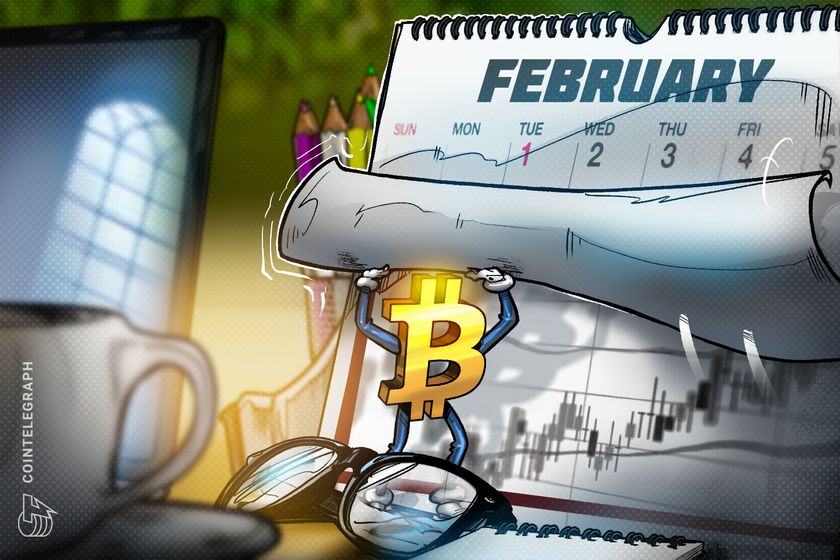
How to innovate in a crisis — and thrive

Innovation can’t just be a catchphrase within your organization.
A crisis is a terrific catalyst for innovation. When things are going smoothly, it’s easy to nod and agree to a concept like this; however, this belief can easily go out the window when the wheels are coming off a venture you’ve built from the ground up.
That is, innovation can’t just be a catchphrase within your organization. It has to be a mindset that is hard-wired into the core of your being.
Crisis and innovation: a sibling rivalry
We’ve all experienced difficult periods in our lives. So how is navigating a business crisis different from getting through, say, a bad day? The key difference is needing to make difficult decisions to survive; your innovative mindset is critical to making these decisions.
Innovation is about looking beyond the present moment to understand not only what customers want today, but also what they will continue to want in two, five and even 10 years.
When facing challenges, I’ve had to remind myself not to let the present worries distract me from the larger mission my company first set out to achieve.
Let the crisis focus your mind on innovating your way out. Instead of making “survival” your end goal, aim to emerge from the situationwith solutions that significantly elevate your business and position it to thrive for the long term.
From “what is” to “what if”
A crisis affords you the humility to reconsider existing notions of “what is” to explore the “what ifs.” That is to say, humility helps you be open-minded enough for change. And a crisis is as much a transformation for yourself as it is for your organization.
When reflecting on transformation at the organizational level, I’ve found it helpful to ask the following questions:
- What is the silver lining?
- What is your goal coming out of this situation?
- What does change look like in practice?
Going through a difficult period has brought forward a renewed perspective on best practices for operating a centralized exchange.
Your goal should be to ensure never finding yourself in the same situation again. This often means focusing your efforts on regaining trust and building back your reputation through various means of transparency.
Here are three ways to access innovation in a crisis.
1. Necessity is the mother of invention
Innovation is a mindset that can save you during times of crisis. Airbnb experienced a crisis early on: It was underfunded and had zero product-market fit. But, it was able to solve its immediate cash needs by selling candidate-themed cereal boxes at the 2008 Democratic National Convention called “Obama O’s” and “Cap’n McCain’s.” Yes, $40 cereal.
This marketing stunt drove short-term business for Airbnb around the convention, helping the company survive. But ultimately, Airbnb thrived because it used data-driven decision-making to improve what customers wanted.
Among many things, the result was a product/experience that proved to be an affordable alternative to the status quo (expensive hotel rooms). And, of course, improvements along the way helped the company continuously bring value to its customers, which multiplied user adoption and propelled it into the platform many of us use today.
Airbnb may have had many ways to survive as a business, but most of the options likely would have been very expensive — a considerable risk to its fast-depleting cash position at the time. Instead, it relied on an innovative mindset that would allow it to simultaneously generate revenues (from marked-up cereal boxes) and grow its actual product (short-term homestays).
Necessity birthed outside-the-box thinking to help the company achieve the burst of user growth it needed.
Join the community where you can transform the future. Cointelegraph Innovation Circle brings blockchain technology leaders together to connect, collaborate and publish. Apply today
2. Foster a culture of innovation within your organization
In the wake of a crisis, it can be easy to lose sight of your organization’s strengths and focus on what is broken. But when you find a silver lining in your darkest hour, you can innovate as a team like never before.
Maintaining innovation throughout difficult times requires resilience and tenacity, which can only come from within. During a crisis, leaders must prioritize crowdsourcing ideas from the broader team. Most ideas are either impossible, bad for the end-user or not feasible for various reasons. The best way to innovate is to encourage your team to not be afraid of coming up with many ideas in search of a good one.
The fear of innovation (or lack thereof) is usually a cultural phenomenon. It’s important to foster an environment where people are encouraged to innovate to create products that best serve the end user.
3. Use constraints to create value for your customers
During a crisis, necessity and urgency stimulate ideation and displace inertness. Leading innovators use these conditions to create a new set of beliefs redesigned to find new solutions for their problems.
Most people prefer unrestrained or unconstrained innovation. Ever heard how good ideas come with time? This is certainly true. But I’ve found innovation to flourish the most under external constraints, such as being under pressure.
I’m a firm believer that focus is the value of constraint.
In a crisis, you are more determined to fire the winning shot and to get it right rather than spray and pray on questionable ideas. It’s important to focus the mind on achieving what is actually valuable for your customer instead of what might be valuable.
Moving forward from times of crisis
If you ever find yourself or your organization in a crisis, remember to focus on harnessing an innovative mindset and use the time as an opportunity to encourage a culture of innovation within your organization. A crisis is as much about managing the risk(s) at hand as it is about pushing into previously unrealized territory.
Surviving is weathering the storm. Thriving is about emerging from a situation stronger than before and finding new ways to create long-term value for your customers. It can be a humbling experience, but even that pays dividends in the long run.
CEO of CoinFLEX, first physically delivered crypto futures exchange. Full-time bitcoiner and exchange guy since 2012.
This article was published through Cointelegraph Innovation Circle, a vetted organization of senior executives and experts in the blockchain technology industry who are building the future through the power of connections, collaboration and thought leadership. Opinions expressed do not necessarily reflect those of Cointelegraph.
Learn more about Cointelegraph Innovation Circle and see if you qualify to join
Go to Source
Author: Mark Lamb









